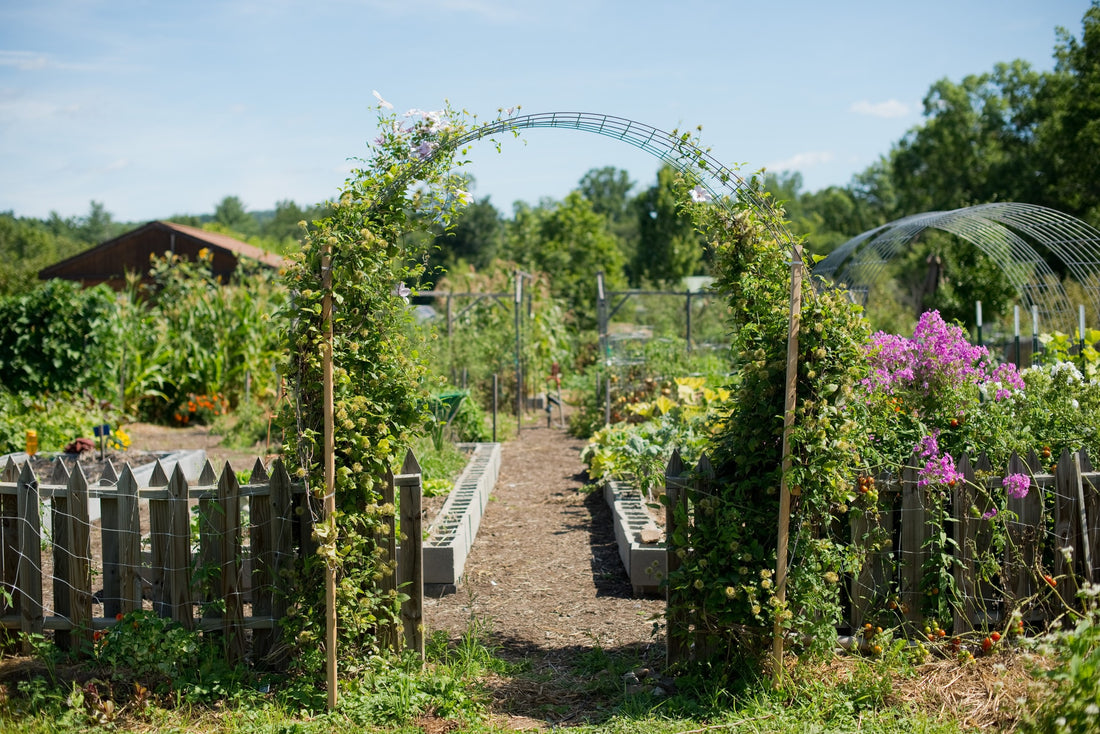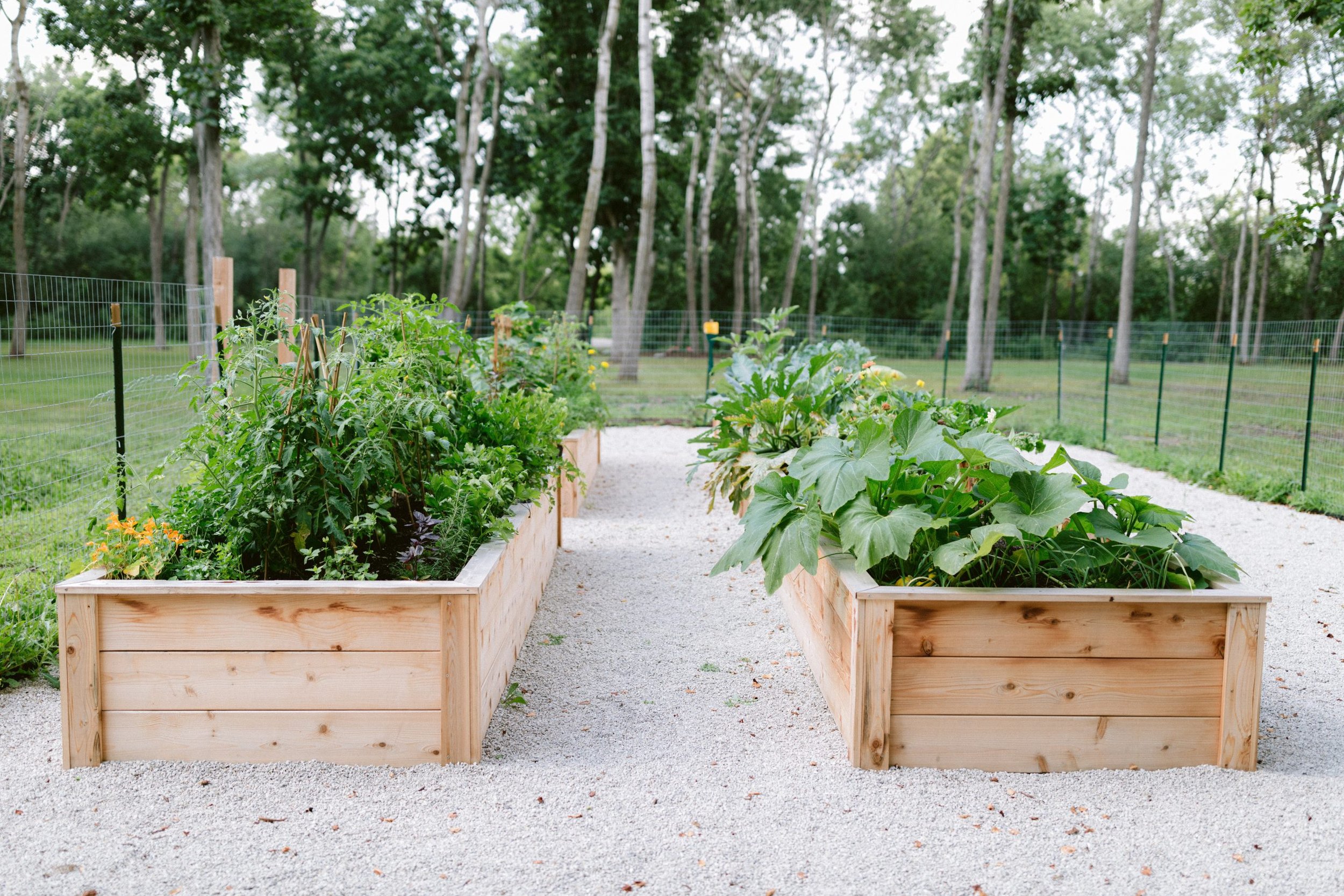How to Maintain Healthy Soil in Homestead Gardening
How to Maintain Healthy Soil in Homestead Gardening
Blog Article
Reveal the Keys to Producing a Gorgeous and Efficient Horticulture Space
Producing a efficient and lovely horticulture area is not simply a matter of planting blossoms and vegetables; it calls for a strategic method that incorporates various important components. From picking the right location based on sunlight and soil kind to attentively designing your format and selecting ideal plants, each decision plays a crucial function in the success of your garden.
Choosing the Right Place
Selecting the ideal place for your yard is vital to its success and general visual charm. The first action in this process involves assessing sunlight direct exposure, as a lot of plants require at least 6 hours of straight sunlight daily (Homestead Gardening). A south-facing yard usually receives the most light, while shaded areas can restrain growth and flowering
In addition, take into consideration soil top quality and water drainage. Well-draining soil is vital to avoid waterlogged roots, which can cause plant illness. Carrying out a soil test can provide useful details regarding pH degrees and nutrient content, allowing you to amend the soil appropriately.
In addition, distance to water resources is an additional variable to weigh - Homestead Gardening. Having easy accessibility to a hose pipe or watering system can streamline the watering procedure and motivate regular plant treatment. Wind defense is likewise essential; placing your yard near frameworks, such as wall surfaces or fencings, can protect it from severe winds that may harm fragile plants
Last but not least, consider access for maintenance and harvesting. A well-placed yard enables hassle-free accessibility, ensuring that you can quickly often tend to your plants without creating undue tension or disruption. Thoughtful place option lays the structure for a prospering yard.
Choosing Plants Carefully
When selecting plants for your garden, it's necessary to take into consideration aspects such as climate, dirt problems, and personal preferences to make sure a unified and productive room. A detailed understanding of your neighborhood environment will direct you in choosing plants that grow in your particular atmosphere. Selecting drought-resistant varieties is valuable in dry areas, while moisture-loving species may be extra appropriate for locations with high rains.
Soil problems are similarly essential; performing a dirt test can disclose pH levels and nutrition web content, permitting you to pick plants that will certainly thrive. Indigenous plants are often an exceptional choice, as they are normally well-adapted to neighborhood dirt kinds and need much less upkeep.
Furthermore, consider your horticulture goals. Are you going for an ornamental screen, a veggie garden, or maybe a mix of both? This will certainly affect your options substantially. Last but not least, assess your individual choices-- picking plants that resonate with your visual preferences will enhance your enjoyment and dedication to maintaining your garden. By carefully reviewing these aspects, you can produce a varied and flourishing plant selection that raises your gardening experience.
Designing Your Yard Format
With an attentively picked plant selection in hand, the following step is to produce a yard layout that takes full advantage of both beauty and functionality. Begin by examining the available space, taking into consideration variables such as wind, color, and sunlight patterns. A tactical layout should include various zones, consisting of areas for growing, paths, and perhaps seating.
Begin with larger plants or prime focus, such as trees or tall perennials, positioned purposefully to create visual interest. Layer smaller sized plants in front to boost depth and appearance. Take into consideration the development practices of your picked plants; taller ranges should be positioned at the back or facility of beds, while much shorter ones can line the sides.
Incorporating paths not only facilitates access for upkeep but additionally invites expedition. Use products that match the yard's general visual, whether rock, gravel, or wood chips.
Additionally, think of seasonal modifications and exactly how your layout will certainly look throughout the year. Including click for more evergreens together with seasonal blossoms can guarantee year-round appeal. Eventually, a properly designed garden design integrates the natural beauty of plants with functional considerations, resulting in a room that is both inviting and productive.
Enhancing Dirt Wellness

To boost soil wellness, begin by carrying out a their website dirt test to evaluate pH degrees, vitamins and mineral material, and dirt texture. Integrate natural issue such as compost, well-rotted manure, or fallen leave mold and mildew to boost dirt framework, water retention, and microbial activity.
Mulching is an additional effective approach; it not just saves dampness yet additionally subdues weeds and slowly enriches the soil as it breaks down. Avoiding extreme tillage is vital, as it can interfere with dirt framework and injury useful microorganisms. Instead, adopt no-till or minimal husbandry techniques to preserve soil honesty.

Keeping Your Yard Effectively
A properly maintained yard is a source of satisfaction and efficiency, needing consistent attention to make certain that plants prosper and the landscape remains inviting. Effective yard upkeep involves several vital practices that enhance the wellness of your plants and the overall aesthetic of your area.
Normal watering is essential; nevertheless, it is necessary to customize your watering timetable based upon the specific demands of your plants and neighborhood climate conditions. Mulching can aid maintain moisture, subdue weeds, and regulate dirt temperature level. Additionally, timely weeding stops competitors for nutrients and resources, making certain that your plants flourish.
Trimming is an additional vital job. It encourages healthy and balanced development, eliminates dead or unhealthy branches, and forms plants to keep an enticing structure. Additionally, keeping track of for bugs and diseases is essential; early discovery and intervention can conserve your plants from significant damage.
Fertilizing ought to be carried out thoughtfully, using organic choices whenever feasible to advertise long-lasting soil health and wellness. Ultimately, seasonal tasks such as growing, splitting perennials, and planning for winter will ensure your garden remains dynamic year-round. By adhering to these practices faithfully, you can grow a yard that is both efficient and gorgeous.
Final Thought
Picking a suitable area with adequate sunlight, selecting suitable plants, making a visually pleasing design, boosting dirt health, and guaranteeing routine upkeep are essential parts. By integrating these methods, one can cultivate a growing yard that not just improves the landscape yet also promotes eco-friendly equilibrium and sustainability.
From picking the right place based on sunshine and soil type to thoughtfully making your layout and choosing go right here ideal plants, each choice plays an essential duty in the success of your yard. Well-draining dirt is vital to avoid water logged roots, which can lead to plant diseases.When choosing plants for your garden, it's crucial to take into consideration factors such as climate, dirt problems, and personal preferences to ensure a efficient and unified room. Inevitably, a well-designed garden design balances the all-natural appeal of plants with practical factors to consider, resulting in a space that is both welcoming and productive.

Report this page